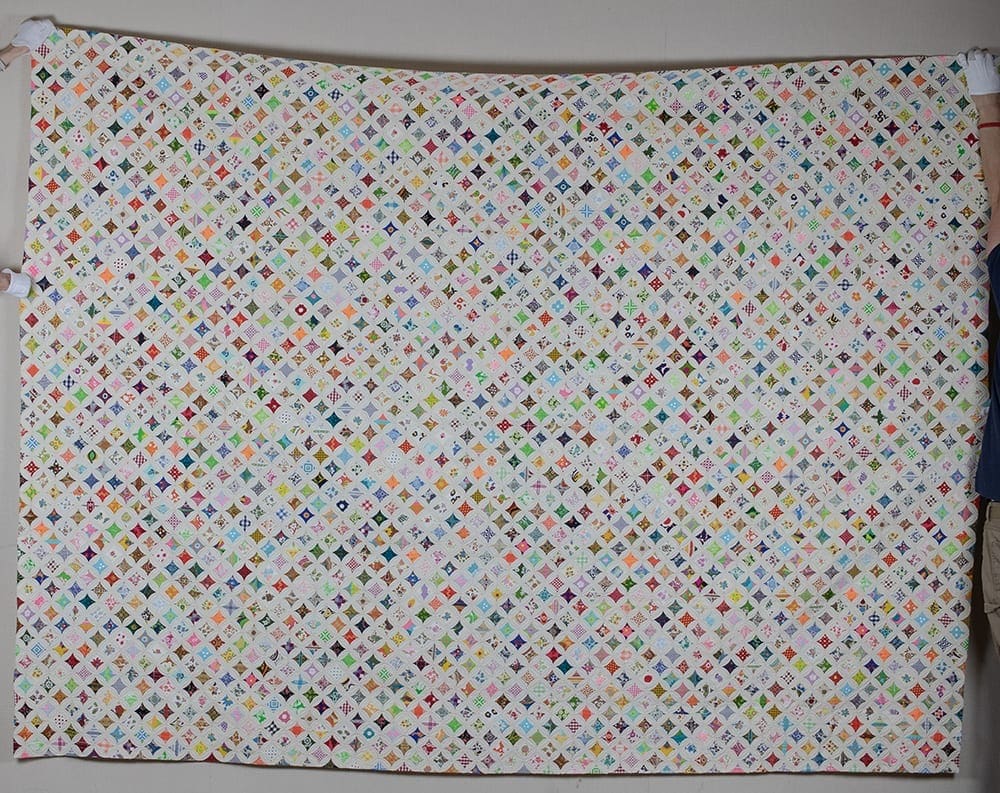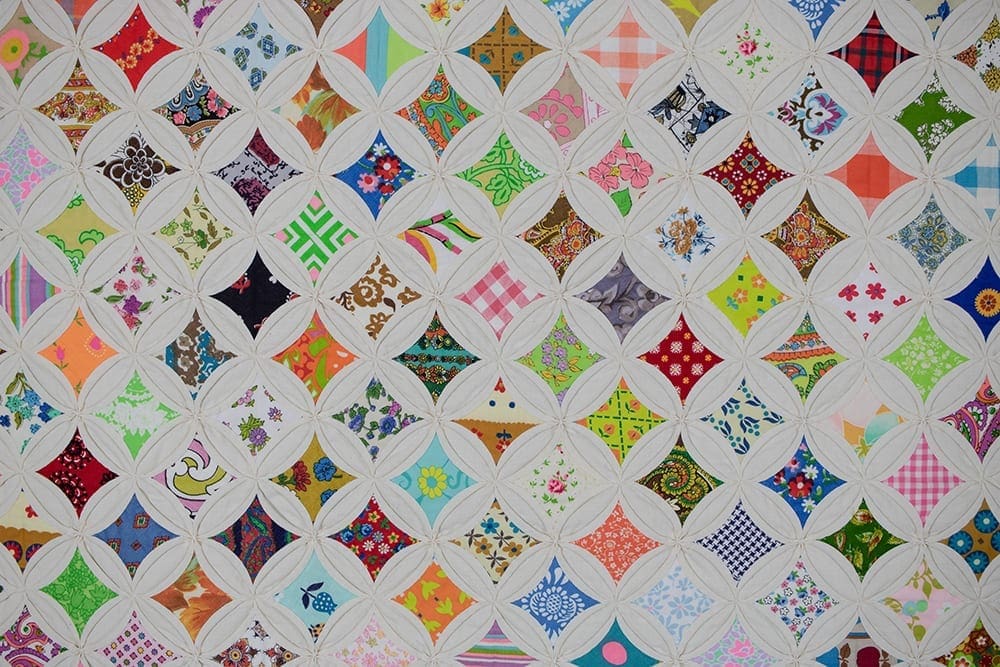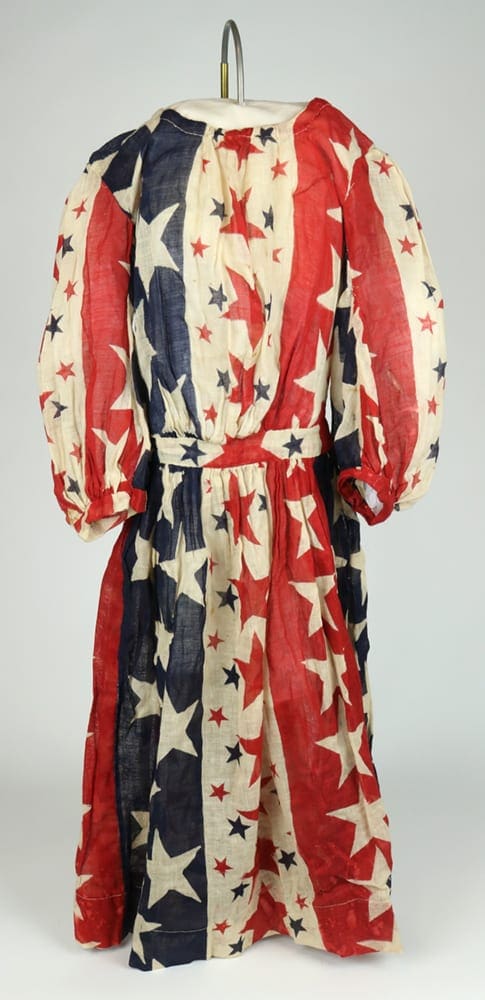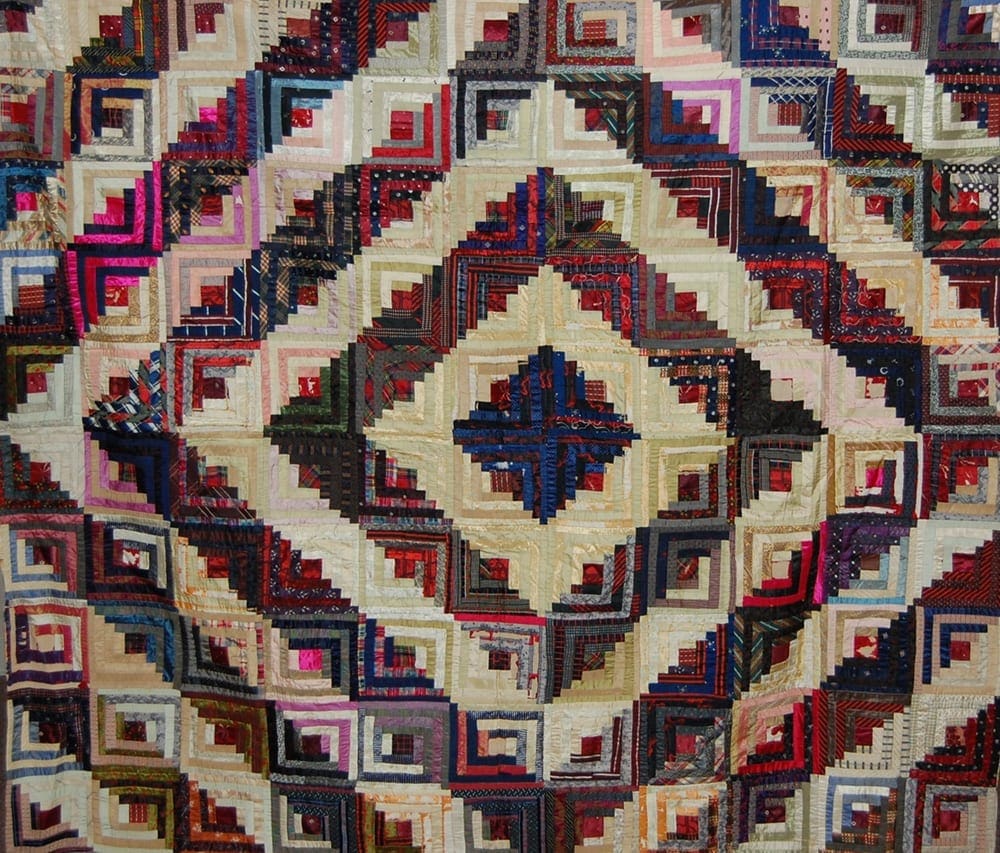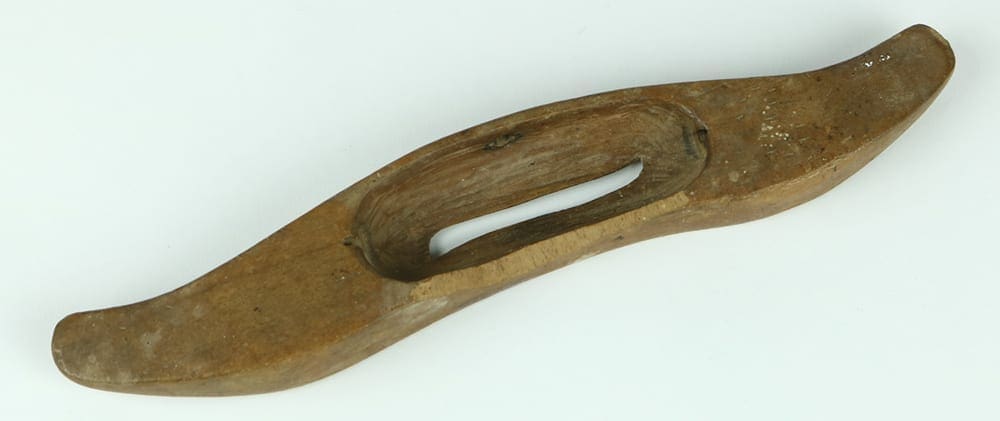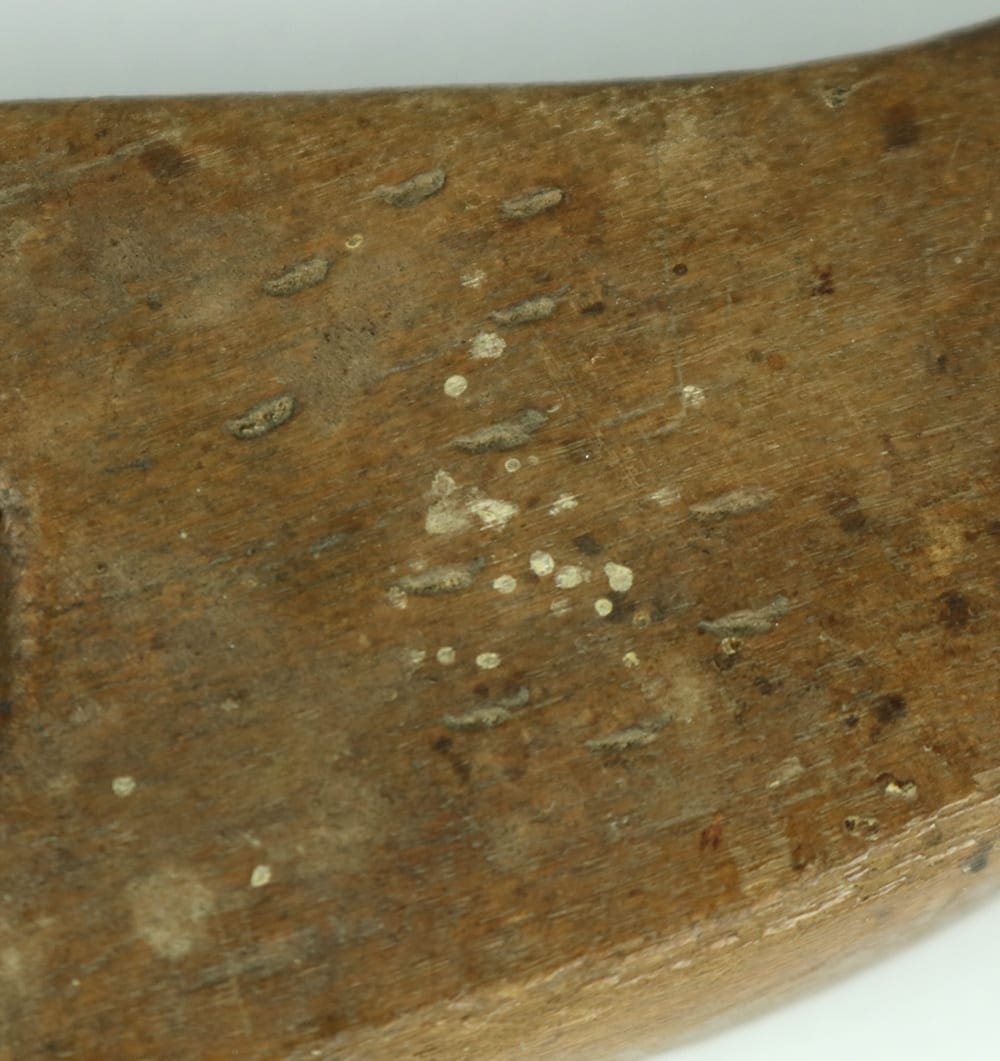“Cathedral Window” Quilt
Donated by Mary Jo Myers
This circa 1970 “Cathedral Window” quilt was made by Charlotte Shepard (1890–1977) of Fayetteville.
“Cathedral Window” became a popular quilt pattern in the mid-1900s. A Library of Congress article on Virginia quilter Ila Patton notes, “Unlike typical quilts in which the top is constructed and then joined with two other layers to form the finished quilt, the “Cathedral Window” is formed by folding and sewing squares of fabric together. Contrasting squares of fabric are inserted across the seams, producing an interlocking curved design. A “Cathedral Window” does not require quilting, which is considered an advantage by many quilters, particularly those with poor eyesight or limited mobility.” From Blue Ridge Quilters: Ila Patton
Donated by Mary Jo Myers
This circa 1970 “Cathedral Window” quilt was made by Charlotte Shepard (1890–1977) of Fayetteville.
Cathedral Window became a popular quilt pattern in the mid-1900s. A Library of Congress article on Virginia quilter Ila Patton notes, “Unlike typical quilts in which the top is constructed and then joined with two other layers to form the finished quilt, the “Cathedral Window” is formed by folding and sewing squares of fabric together. Contrasting squares of fabric are inserted across the seams, producing an interlocking curved design. A “Cathedral Window” does not require quilting, which is considered an advantage by many quilters, particularly those with poor eyesight or limited mobility.” From Blue Ridge Quilters: Ila Patton

